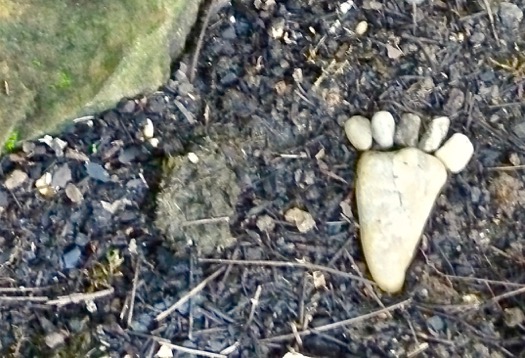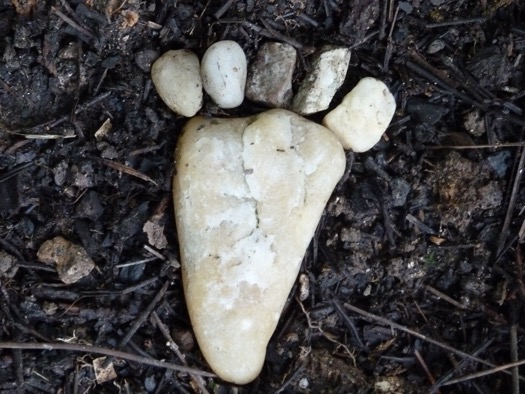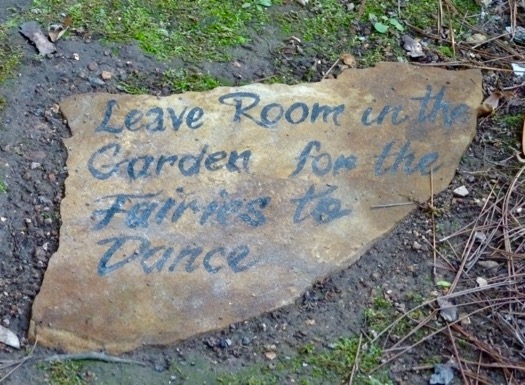I am developing a new area of my garden. It is a large wild space previously given over to ugly weeds that Lou occasionally hit with a weed wacker. It is not close to a water source, and the plants in this area are going to be tough, primarily native plants. I began to plant last week. (Yes, it's August! I know I am crazy - hardly the best time to plant, but when the mood strikes...you know how it is.) The first plant I put in was Veronia gigantea. It quickly responded to its new home by opening its buds. The butterflies, hummingbirds, and other pollinators have already found it.
Veronia gigantea - or Giant Ironweed - is appropriately named. This native perennial will grow up to 9 feet tall, and it holds its abundant, vivid purple blooms from mid summer to fall on rigid stems that never slouch. This plant is in the same family with asters, and it is easy to see the resemblence.
Giant Ironweed will grow in US hardiness zones 5 - 8, and its ideal region is the Southeast. It is a versatile perennial, growing in dry to moist soils in grasslands and prairies, woodlands and along roadsides. Give it full sun to partial shade and plenty of room, as it will multiply. Farmers often consider it a bad weed, but there is a place for it.
It is an excellent nectar plant. If you have room in your garden for this vibrant plant, hummingbirds, bees, and butterflies will appreciate it.
 Sunday, August 12, 2018 at 3:30PM
Sunday, August 12, 2018 at 3:30PM 



